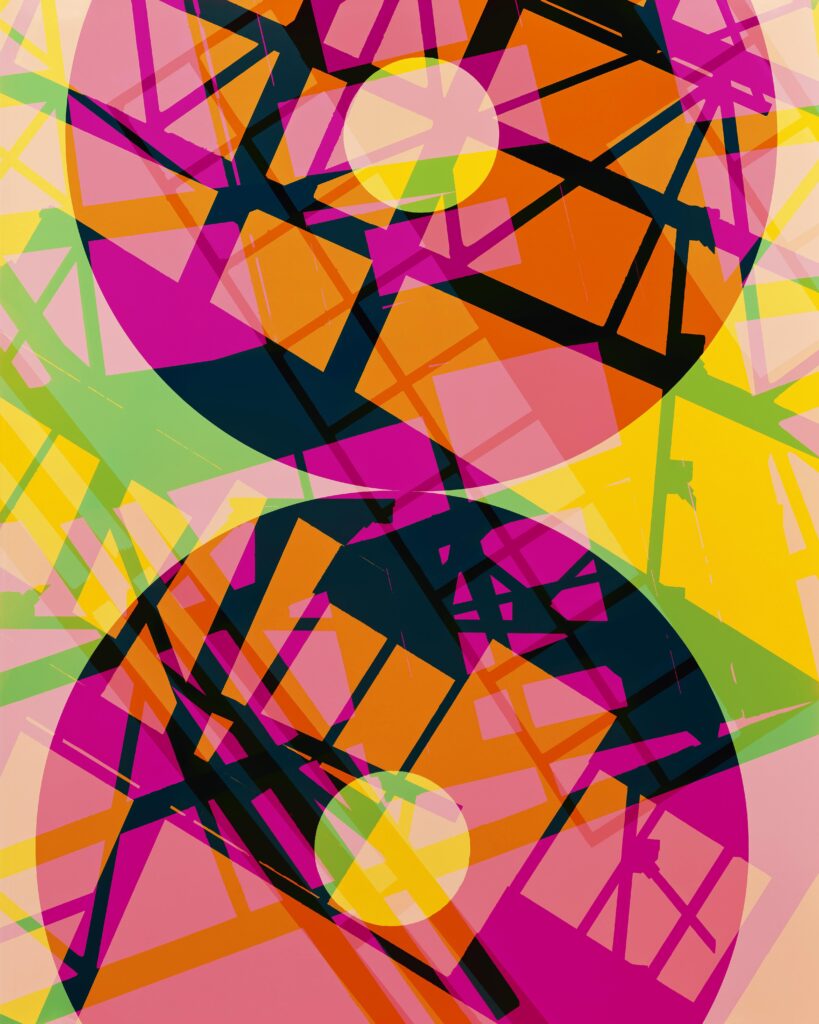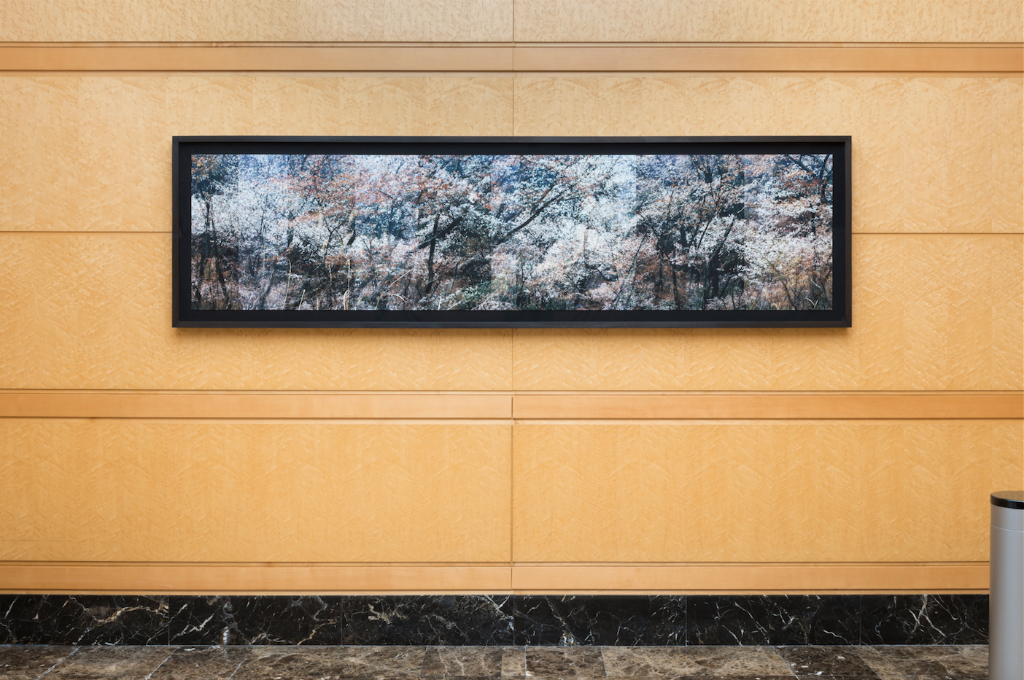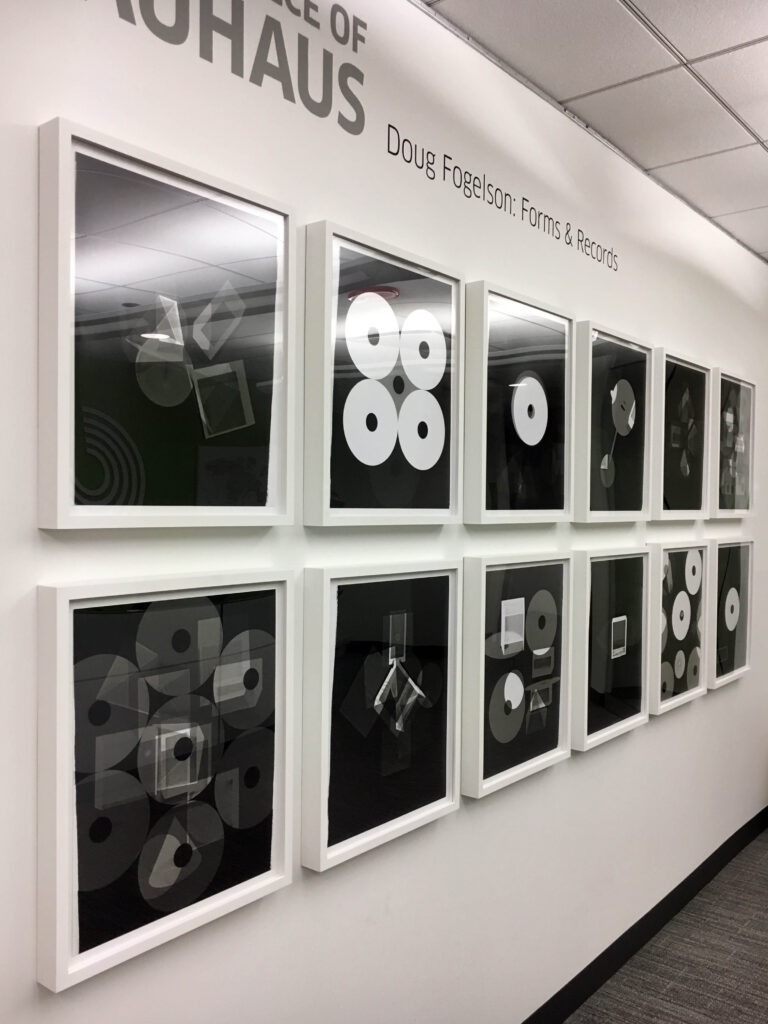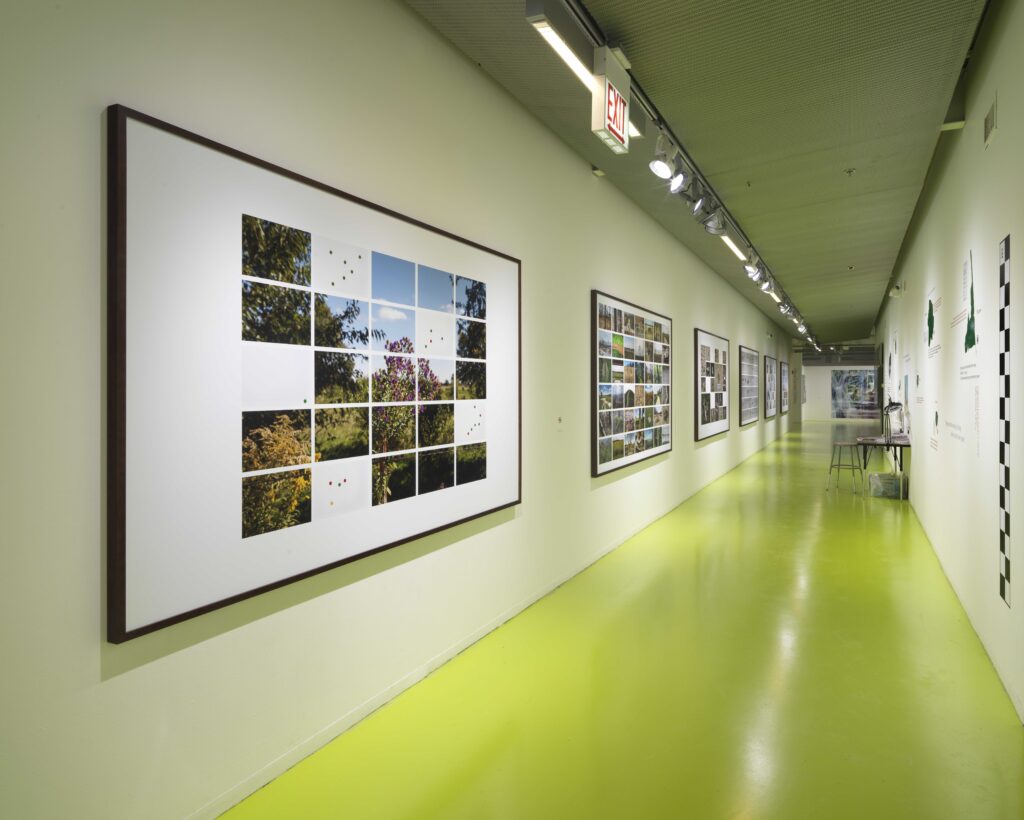
Doug Fogelson. Photo courtesy of Chester Alamo Costello.
Chicago’s Doug Fogelson has been a part of the Artmill Group family in his own right for over a decade. A prolific photographer and Filter Photo’s Board President, he has grown alongside our companies making for a rich artistic partnership. We checked in with him for a little Q&A to see what he’s working on and to learn more about how his work has evolved since we first started collaborating.
How long have you worked with us?
I’ve been working with Artmill Group in one way or another for many years now. Lamin-8 mounted an exhibition titled “Cush” that was installed at the Kraft Lieberman Gallery in 2006. This is the earliest project I can recall.
Can you tell me more about that show?
“Cush” was about waves, both as really cool nature forms and symbolic of a mindset. Waves are relaxing, ephemeral, spiritual, but they can also represent tumult. The show was happening in the context of terrible wars in Iraq and Afghanistan and many of us felt pretty shaken up around that time.

“Cush” at Kraft Lieberman in 2006
On short notice, Lamin-8 sandwiched about twenty individual surfboard sized images between plexiglass and substrate. For the show I surrounded the viewer with those same overlapping images of waves mounted under the shiny (wet) plexi. There was a video montage of waves projected from a Baywatch style lifeguard stand with a soundtrack and a cast resin sculpture of a “rolling wave” in a room painted with a gradient like a surfer might see when shooting the tube.
What is the range of work Artmill has helped with?
I use all of the services offered by ArtMill. I drum scan my original film and print archival exhibition prints (with expert digital production help to get the images ready). Then we mount those images to various substrates, and frame/crate/deliver/ship/install the works in clients homes or other spaces.
How did you first learn about our framing company Seaberg?
Seaberg has been a well-known Chicago framing shop for many years. I actually worked with them through an art consultant client before they were acquired by Artmill Group. It was great to see them merge with my friends at Artmill because this meant all of the services that I need would be in one workflow.
How would you describe your aesthetic? How has your art evolved over time, whether in theme, subject, style, or execution?
I generally make my art via two processes. One is the cameraless process called photogram (or “shadow images” if you prefer) that uses a light source, an object, and a light sensitive material to record the form of the object when exposed atop the film or paper.

Fogelson’s “Forms & Records”
The other is more traditional lens based nature photography that I shoot in the field. I alter that film with chemicals and scan the results to make print editions. I call this series “Chemical Alterations.”

Fogelson’s “Return to Oblivion”
What would you describe as the focus of your artwork?
The photograms tend to be more graphic investigations of form, multiplicity, typologies or collections (often of obsolete materials), and transience. The focus of the chemically altered landscape images regard climate change, ecocide, extinction, and the photographic medium itself.
What drew you to photography? What kept you going?
I was initially interested in ways to physically touch the medium and I still am! While studying photography I was able to make pretty decent images, portraits, documentary, and the like, but I was and continue to be intrigued by the magical properties of light sensitive materials and their ability to record forms via light energy. Coupling that with the socio/cultural and industrial implications of the medium through manipulating the process’ inherent subject-to-object relationship excited me conceptually. I strive to make it visually and conceptually exciting.
Can you recall any stand-out past projects?
We’ve framed many exhibitions and images for collectors. A recent commission that stands out are a pair of images depicting cherry blossom trees that were printed on a very fine Japanese paper. Seaberg hinged and floatmounted each image over fine black linen and framed those with a beautiful ebonized walnut profile. They are in the lobby of the Epstein offices at 500 West Monroe.

“Cherry Tree” at 500 W. Monroe
You’re the current Board President for Filter Photo. Can you tell us about Filter and what you strive to accomplish with them?
Filter Photo began 10 years ago as a regional portfolio review and professional development festival and has grown along the way. I became involved when asked to show some art books at one of the early festivals and then noticed their exhibitions popping up in local spaces. I wanted to see if they could have a year-round gallery presence, so I approached James Pepper Kelly who was director at the time and we crafted a plan to add a brick and mortar component. Pepper was also running Latitude Chicago at the same time and they needed to move spaces. We found a way to combine the two non-profit entities in a roommate situation at the Hubbard Street Lofts and in doing so created a de facto “photo center” where artists of all kinds can receive support.
As Board President I want to help Filter keep fulfilling its mission to serve and support Chicago’s photographic community, which adds value to and enriches our cultural landscape in general.
Tell me about your current exhibits at the Goethe Institute and the Hyde Park Art Center. What are the subjects? What mediums did you choose?
Well, they are quite different. The project at the Goethe is a display of black and white photograms created in the old, now destroyed, darkroom at the Institute of Design and also some color photograms that were turned into a video with my collaborator Daniel Landgren. I was listening for ghosts in that darkroom and exploring the vintage process (photogram) made famous by members of the New Bauhaus. I made mine with architectural/geometric forms and vinyl records (aka “45’s”) over multiple exposures.

“Forms & Records” at Chicago’s Goethe Institute
The exhibition at the Hyde Park Art Center was the culmination of a year-long residency with the organization Openlands in which I led a team to explore the “preservation of natural preserves”. We used field work, documentation, interactive studies and a pseudo scientific process to see how humans have impacted sites through use, remediation, recreation, and such. Our show called “Open Land Art and Fact Team” guided viewers through a process where everything is mediated, becoming a visual illustration of the Anthropocene.
Seaberg did all the framing and mounting (hinge/float for Goethe) and printed, mounted, framed (big 94 x 54 prints for Hyde Park)

OLAFT at The Hyde Park Art Center
What’s next? Any long term goals?
My long-term goals are to be as true to my creative desires as possible, make work that is not motivated by sales as a measurement of success, and hopefully find excellent spaces to share this work in its best light with the public.
A photogram from my series “Fauxrest” will be exhibited in Boston soon in a large survey called “Tree Talk” and I will also be in a group show at Chicago’s Schneider Gallery this March with some of my chemically altered images.
This summer, I am looking forward to a residency the at Alpineum Produzentengalerie in Lucerne, Switzerland. I’ll be working on the chemical alterations of landscape studies of mountains. I am also working on a series about water and altering images of water scenes that will be ongoing during the residency.
[minti_button link=”http://dougfogelson.com/” size=”large” target=”_blank” lightbox=”false” color=”color-1″ icon=””]See More of Doug’s Artwork Here[/minti_button]
